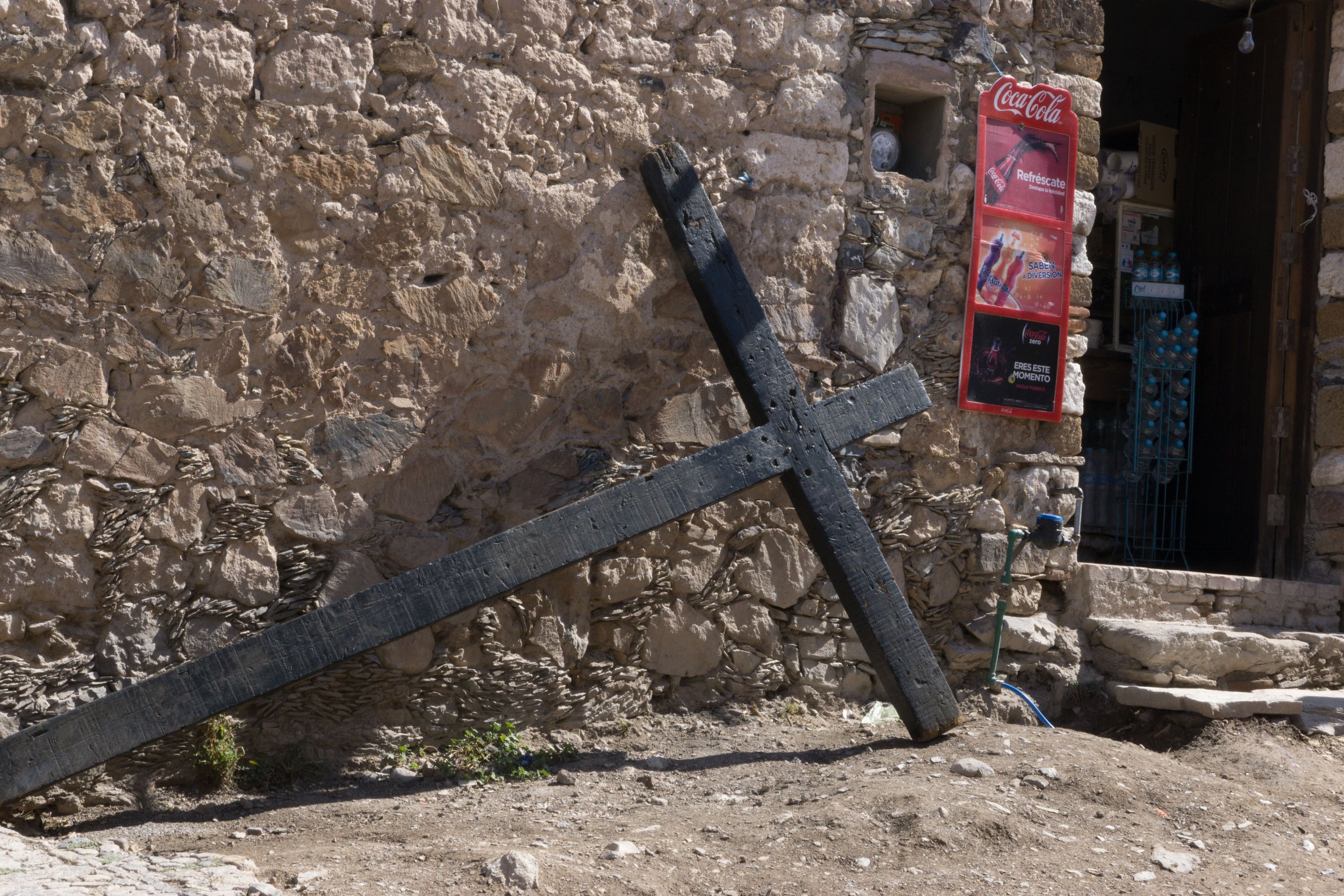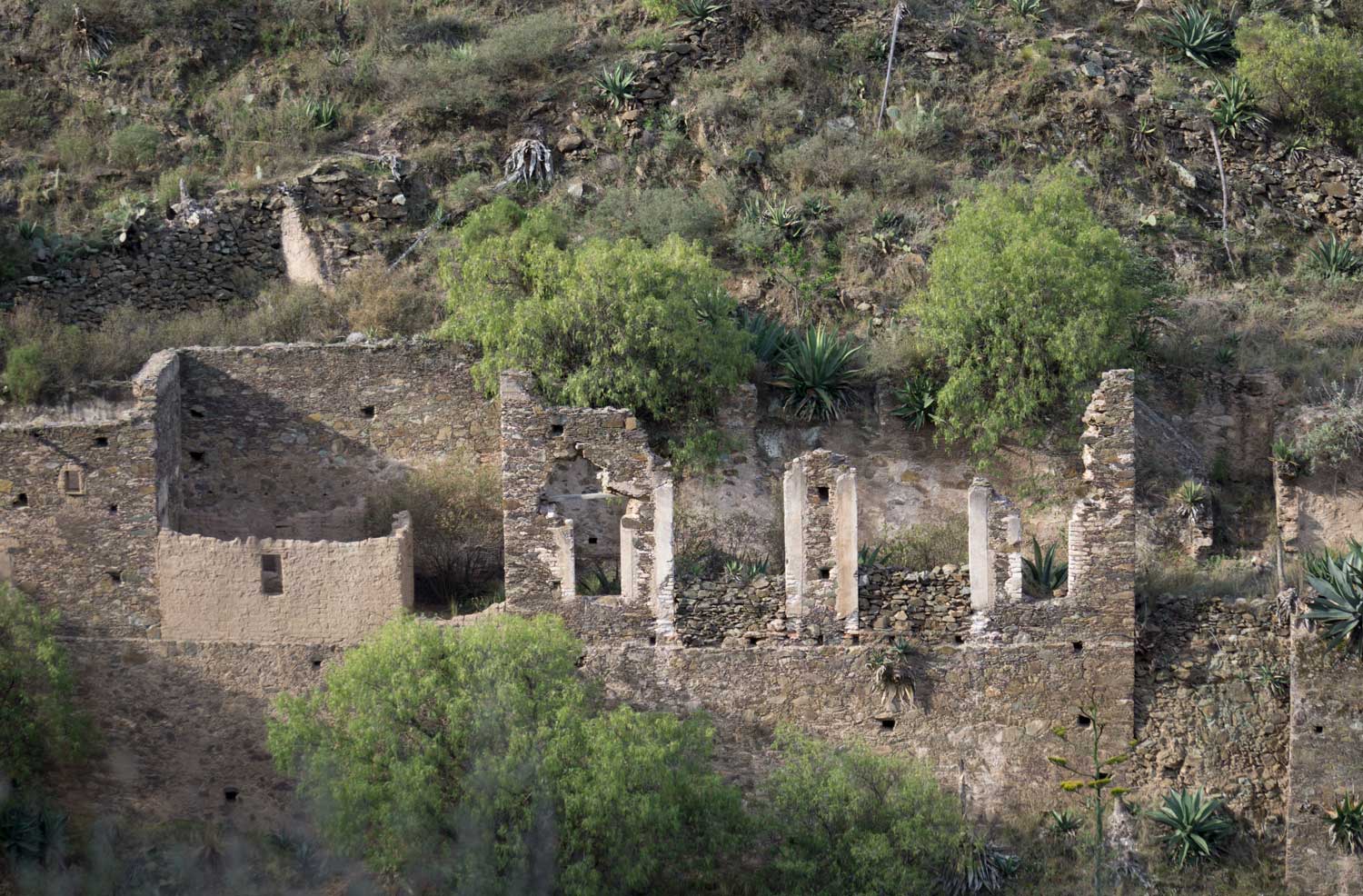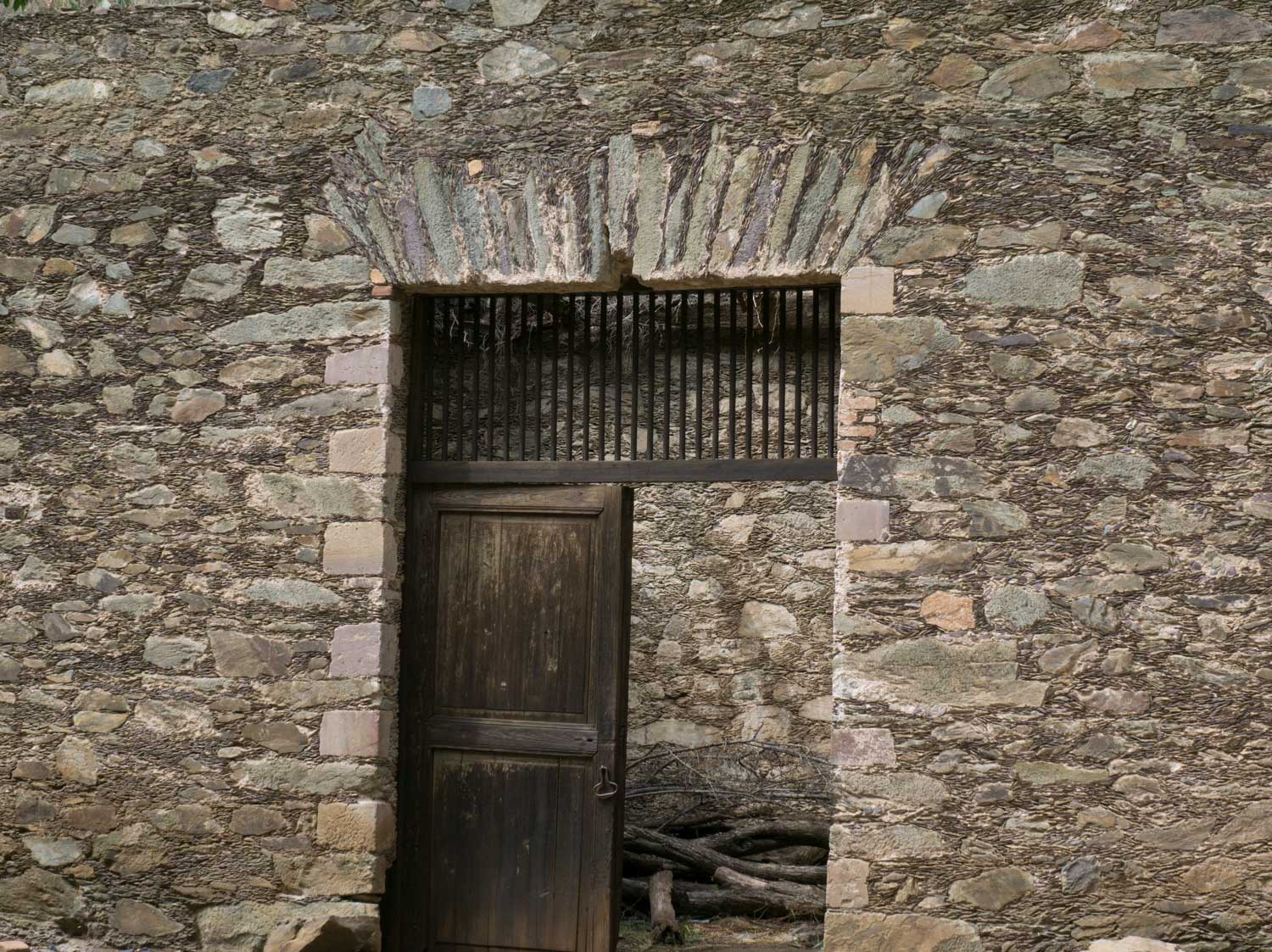Real de Catorce: A Huichol “Pueblo Magico”
No wonder Real de Catorce, set high in the Sierra Madre Oriental in Mexico, is designated a “Pueblo Magico”. Making my way with our photography group on the back of an old pick-up truck into the heart of the town through a long, dark tunnel, I felt suddenly catapulted into another period. The tunnel need not be the only access however: like the Huichol pilgrims, one can approach it on a burro or a horse. We were here to witness Semana Santa's or Easter elaborate celebrations and reenactment of Christ’s suffering. Still, I couldn't escape an eerie sense of a buried past. After all, this once-thriving colonial town had become a bona fide ghost town for over a century.
It’s not hard to become enthralled by Real de Catorce’s intriguing mystery. Decaying buildings offer a powerful testament to its past. Wandering along dirt and an occasional cobblestone street, past crumbling walls and missing roofs, the bare bones of old stone houses beckon with hidden stories. The former silver mines, some set in deep canyons, speak of a former wealth accompanied by the suffering of miners.
In the late 18th century, the Spanish settled in this remote, mountainous area to exploit silver. It soon became a boom town with 20,000 inhabitants. But when the price of silver collapsed in the late 19th century and the tumultous Mexican Revolution began in 1910, the population all but vanished. The mines were abandoned; buildings such as an impressive mint fell into disrepair. Some churches surrounded by cemeteries still survived however. Never to disappear is the surrounding vast, stark, indomitable space I was lucky to traverse by horse one day.
These barely traveled majestic mountains, reaching up to 11,000 feet, with Joshua trees, cacti, yuccas and agaves are sacred to the Huichols. Once thriving here but overly collected are the small but nevertheless powerful peyote cactus. (So tiny and insignificant-looking I didn’t even bother to photograph it.) As pilgrims from as far as the state of Nayarit on the coast, the Huichols come to gather it and perform ancient rituals. Sacred sites still remain thanks to those resisting more recent mining enterprises.



Today, with a small dose of growing tourism and perfect film locations this is gradually changing. The Huichols however are still present. Along the small streets one can hear their native language while they display elaborate bead jewelry and artworks. Intricate, outrageously colorful and symbolic wool artworks make for their traditional signature pieces. Some fetch high prices and were originally developed as a distinctive art form to give them an income not based on working the mines or simply struggling to survive. Most of the artists are men while women make the beaded jewelry.
With a fellow photographer and guide, I felt fortunate to visit one of their sacred sites by horseback. As we passed abandoned houses we steadied ourselves on a rough and rocky path. Our guide rode a mule since he might be making a few long trips a day. “I don’t want to exhaust my horse,” he explained in Spanish. Finally, at the end of the horse trail, we partially hiked the remainder of the steep mountain where the Huichols perform ceremonies, some in a maze. Still, one can’t escape the indomitable presence of the church. In the town during this holiday we got a first hand experience of it.





One of the focuses of our photography group was to explore abandoned mines and once “extravagant” haciendas including the headquarters of the miners’ bosses now in ruins. Today, those haciendas are most probably in Mexico City or even Shanghai.






Here below are some images of the more traditional Huichol people and their culture that continues to survive such as their unique woolen“yarn paintings” which reflect their spiritual connections to ancestors and nature deities. (Today, those signed by famous artists can fetch high prices.)




Note: I just re-wrote this piece when, for my husband, David’s birthday, we received a beautiful gift from friends. It dates back at least fifty years and on its wooden back is inscribed in detail and signed by the artist. Interestingly, our friend’s twin brother had obtained it from Juan Negrin, an old college roommate of David’s, a big collector of Huichol art and champion of their cause.





